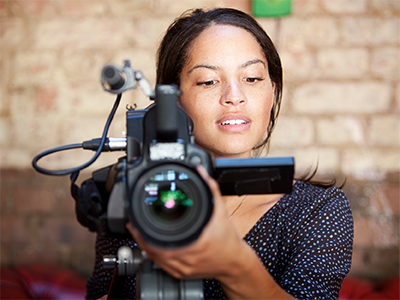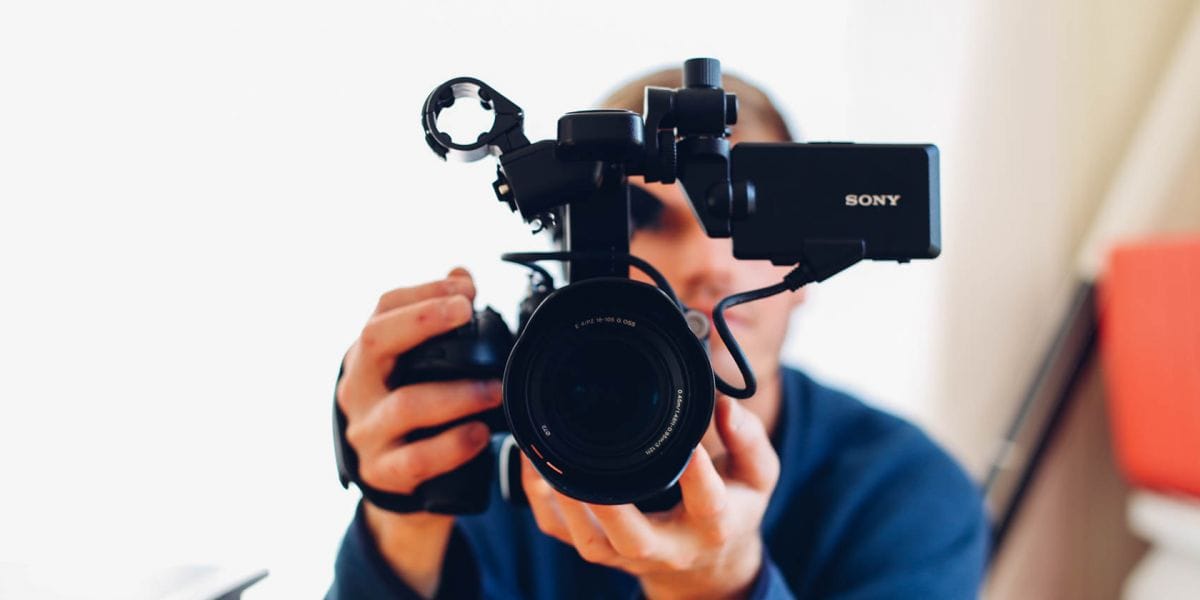Leading Benefits of Utilizing Lawful Videography for Depositions and Trials
The integration of legal videography right into depositions and tests offers a variety of compelling advantages that can significantly impact the efficiency of lawful process. By catching witness statements in a dynamic format, lawful videography not just improves the discussion of evidence but also bolsters witness credibility via the conservation of both verbal and non-verbal hints.
Enhanced Evidence Discussion


In the world of legal procedures, making use of video recordings has actually changed the way proof exists in court. Lawful videography offers a vibrant and engaging tool for showcasing important evidence, making complicated details a lot more accessible to courts, courts, and other stakeholders. Unlike typical written transcripts, video clip recordings capture not simply the talked words, but likewise the nuances of body movement, tone, and disposition, which can dramatically influence the interpretation of testaments and statements.
In addition, video clip proof allows for a more compelling narrative presentation. With aesthetic narration, lawyers can effectively highlight essential elements of a situation, leading the audience's attention to turning points. This improved discussion can promote a much deeper understanding of the context and effects of the proof being discussed.
Additionally, the capability to present proof in a multimedia format can improve the trial process, minimizing the moment required to communicate details contrasted to prolonged spoken descriptions or reading from records. On the whole, lawful videography plays a pivotal role in enhancing evidence presentation, guaranteeing that the information is both impactful and comprehensible, eventually helping in the quest of justice.

Better Witness Credibility
Using legal videography considerably improves the trustworthiness of witnesses throughout trial proceedings. By giving an aesthetic depiction of a witness's statement, legal videography allows jurors and judges to perceive the witness's disposition, confidence, and credibility. This multi-dimensional presentation can dramatically affect exactly how the details is gotten, often causing a more positive impression of the witness.
Additionally, the tape-recorded video clip captures non-verbal hints, such as body language and faces, which can be crucial in sharing truthfulness or psychological deepness. A witness who shows up made up and sincere is more likely to be regarded as legitimate than one who is simply listened to through sound. Lawful videography likewise removes the capacity for false impression that can accompany written records, as the visual style gives context that supports the spoken word.
Furthermore, the durability of video clip proof reinforces the witness's account, making it a lot more hard for opposing parties to challenge the statement's integrity. By incorporating lawful videography into depositions and trials, lawyers can significantly boost the regarded integrity of their witnesses, ultimately improving the total effectiveness of their case.
Accurate Deposition Records
Precise deposition records play a vital duty in lawful process, offering as crucial evidence that reflects the trustworthiness and integrity of witness testimonies. This precision is vital when establishing the truths of a situation, as it enables attorneys to reference precise expressions or assertions made by witnesses, minimizing the danger of misconception.
Moreover, lawful videography boosts the precision of deposition documents by catching the visual and acoustic components news of the testimony. This includes body language, intonation, and faces, which can offer additional context to the talked words. Such comprehensive documents make it possible for lawyers to craft more engaging disagreements, as they can conveniently confirm cases with direct evidence.
In sites addition, precise deposition records can simplify the test procedure, minimizing disagreements over what was stated and permitting a much more effective presentation of evidence. Inevitably, the mix of created transcripts and video clip recordings fosters a more clear understanding of witness testimonies, significantly affecting the case's end result.
Emotional Effect On Jurors
Jurors usually discover themselves affected by the emotional weight of the testimonies they witness during a test. The visual and auditory elements of lawful videography boost this psychological resonance, enabling jurors to regard the nuances of witness expressions, tone, and body language. These aspects play an essential role fit jurors' understandings of trustworthiness and integrity.
When jurors see a witness recounting a terrible experience, the emotional gravity caught on video usually evokes compassion and engagement. This can be particularly impactful in cases where the human element is central, such as accident or family law matters. The ability to connect with a witness's emotions fosters a deeper understanding click site of the case, making jurors more probable to relate to the narrative being presented.
Furthermore, video testimonies can communicate a sense of authenticity that may be shed in created records or audio recordings. Jurors are not only taking in info; they are also experiencing the story, which can significantly influence their considerations. By doing this, legal videography works as an effective device to evoke emotions, ultimately guiding jurors towards an extra enlightened and thoughtful judgment.
Cost-efficient Lawsuits Device
Legal videography not only enhances the emotional influence of witness testaments yet additionally acts as a cost-effective lawsuits device. By supplying an aesthetic record of depositions and testimonies, legal videography can significantly reduce the prices linked with standard trial preparation and discussion.
First, it reduces the need for considerable witness traveling and lodgings. Rather than bringing numerous witnesses to court, their videotaped depositions can be played during the test. legal videography. This not just minimizes traveling costs but also permits an extra structured presentation, as attorneys can concentrate on one of the most important testaments
Furthermore, lawful videography can limit the quantity of time invested in trial. By properly presenting witness accounts and proof, lawyers can speed up process, which translates to reduce lawyer fees and minimized court room costs. In addition, the clarity and authenticity of video clip recordings frequently bring about quicker jury decisions, possibly reducing the test duration.
In an age where budget plans are significantly looked at, utilizing legal videography can provide considerable financial savings while boosting the total quality of a case presentation. Its dual benefits of cost-effectiveness and enhanced interaction make it an important tool in modern litigation.
Conclusion
In summary, legal videography substantially improves the efficiency of depositions and trials. Its capability to existing proof thoroughly, boost witness reliability, and offer precise records adds to an extra clear lawful procedure. The psychological vibration of video clip recordings involves jurors, cultivating a much deeper link to the case story. In addition, the cost-effective nature of legal videography improves litigation, ultimately supporting the pursuit of justice in a more efficient manner.